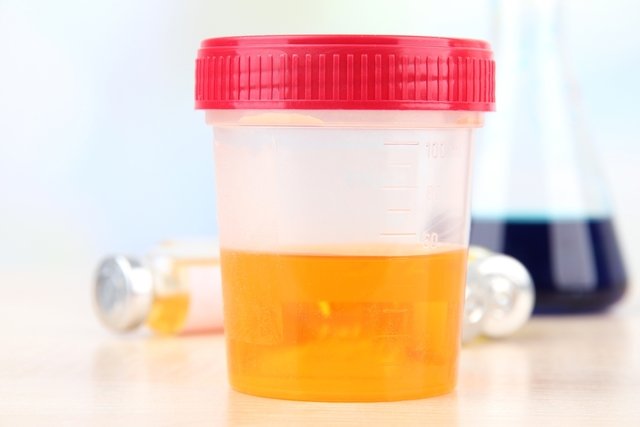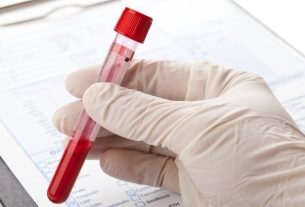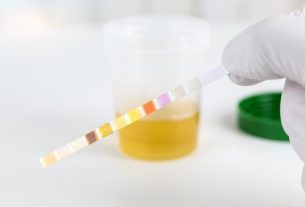Urobilinogen is a product of the degradation of bilirubin by bacteria present in the intestine, which is taken into the blood and excreted by the kidney. However, when there is a large amount of bilirubin produced, there is an increase in the concentration of urobilinogen in the intestine and, consequently, in the urine.
The presence of urobilinogen is considered normal when it is between 0.1 and 1.0 mg/dL. When values are higher, it may indicate liver problems, hemolytic anemia or obstruction of the bile ducts.
Therefore, it is important that the doctor is consulted if an increase in urobilinogen in the urine is observed so that the possible cause can be investigated and the most appropriate treatment can be initiated.

What can it be
Urobilinogen can be found naturally in urine, without having any clinical significance. However, when present in quantities greater than expected and when there is a change in other factors analyzed in the urine and blood test, it may be indicative of some situations.
1. Liver problems
Some diseases such as cirrhosis, hepatitis or liver cancer can increase the amount of bilirubin and, consequently, urobilinogen in the urine. Furthermore, the presence of this substance in urine may suggest liver problems even before symptoms or changes in tests appear.
Therefore, when the presence of urobilinogen is verified in the urine, it is important to observe whether there are any other changes in the urine test, as well as the results of other blood tests, such as blood count, TGO, TGO and GGT, in the case of liver problems. Find out about other tests that evaluate the liver.
2. Changes in the blood
In some situations, the body can produce antibodies that react against red blood cells, resulting in their destruction and, consequently, greater production of bilirubin, the increased value of which can be perceived through blood tests, in addition to an increase in the amount of urobilinogen. in urine.
Some diseases that can cause this change are hemolytic anemia and splenomegaly, which is the enlargement of the spleen, an organ related to blood filtration, removing older red cells, production and storage of white cells.
3. Biliary changes
Some changes in the bile ducts, such as cholestasis or cholangitis, can lead to the presence of urobilinogen in the urine, either due to obstruction or inflammation of these ducts, causing the amount of bilirubin and liver enzymes to increase.
What to do
If significant amounts of urobilinogen are observed in the urine, it is important that the doctor be consulted so that the cause of the increased amount of urobilinogen in the urine can be identified and, thus, the most appropriate treatment can be initiated.
If the presence of urobilinogen is due to hemolytic anemia, the doctor may recommend treatment with medications that regulate the immune system, such as corticosteroids or immunosuppressants. In the case of liver problems, the doctor may recommend rest and changes in diet, for example.
In the case of liver cancer, surgery may be necessary to remove the affected region and then chemotherapy and/or radiotherapy.
Bibliography
- STRASINGER, Susan K.; DI LORENZO, Marjorie S. Urianalysis and body fluids. 5 ed. United States: E. A Davis Company, 2008. 69-72.

Sign up for our newsletter and stay up to date with exclusive news
that can transform your routine!
Warning: Undefined array key "title" in /home/storelat/public_html/wp-content/plugins/link-whisper-premium/templates/frontend/related-posts.php on line 12
Warning: Undefined array key "title_tag" in /home/storelat/public_html/wp-content/plugins/link-whisper-premium/templates/frontend/related-posts.php on line 13



